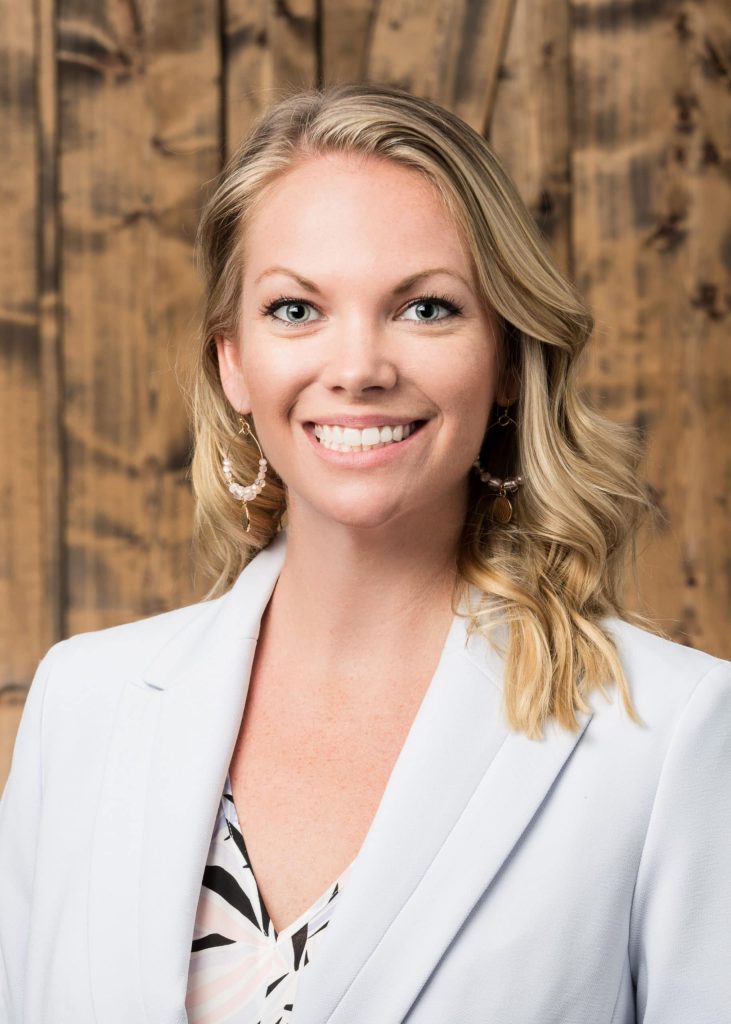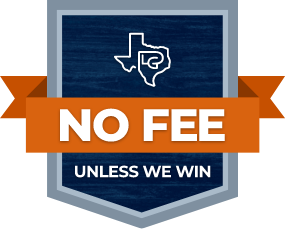
A demand letter is used to settle a personal injury case, usually before filing a lawsuit in court. It usually comes after most if not all of the client’s medical treatment is complete so that it can be an accurate depiction of all the damages.
The demand letter is a critical outline of the file details and acts as a roadmap of the claim, including a description of liability, coverage, economic and non-economic damages, and demand for relief.
The demand letter explains to the recipient of the letter – usually, the adverse carrier’s adjuster – how the insured is at-fault, explains the damages and injuries sustained and demands compensation.
Your attorney can help you prepare for the questions that may come. The personal injury lawyers at Patterson Law Group are happy to help you with your depositions. Call us today at 817-784-2000.
Speak To A Car Accident Lawyer Now
What Is Included In A Demand Letter?
In the legal profession, drafting a strong demand letter is somewhat of an art form. It takes good writing skills, attention to detail, knowledge of each injury, and specific knowledge of each client’s human story.
The demand letter sets the tone for settlement negotiations, potentially avoiding having to follow through with a lawsuit. During settlement negotiations, your attorney and the insurance adjuster will have many discussions about the value of your claim based on all circumstances articulated in the demand letter. For this reason, a powerful demand latter is an absolutely crucial first step toward settling your file.
The demand letter itself sets out all of the damages contains medical records and bills describing the treatment you’ve undergone, as well as other non-economic and economic losses.
We may ask you to journal some of your thoughts along the way of treatment to accurately reflect on what you have been going through.
Examples of this can be specific instances of trouble managing your usual life with your injuries, such as caring for your children or attending your normal workout routine.
The journaling process should also describe how you are feeling as you cope with the changes the injuries have made to your life, both during recovery and long after for severe injuries.
Speak To A Car Accident Lawyer Now
What Happens After The Demand Letter Is Written?
Once this is compiled, it is sent to the insurance carrier with a deadline of typically two to three weeks for a response to evaluate your damages.
“Damages” is a legal term meaning money used to compensate an injured person for their losses. This is economic damages, such as medical bills and lost wages, as well as non-economic damages, such as your pain and suffering.
In the demand letter context, evaluating your damages typically begins with us demanding the entire policy or a number well above where we anticipate landing, so we have room to negotiate.
In Texas, the auto carrier minimum per-person policy is $30,000, whereas premise liability, such as in instances of slip-and-falls, is often far greater.
We typically demand “policy limits,” which is the most money recoverable for that particular loss under that set of circumstances on our initial demand letter.
These are often rejected, which puts the insurance carrier in the position of having to assign their perceived value of the file in a numerical context. This will be their initial offer.
She extends an initial offer once the adjuster assigns a value she perceives as fair, usually based on medical codes, dollar amounts of medical billing, and other factors not specific to each person.
Be advised that the initial offer is often a mechanical response to the medical bills only. Very rarely do the initial offers fairly represent the totality of all damages a client has been through because of a loss.
Speak To A Car Accident Lawyer Now
Patterson Law Group Can Help With Your Demand Letter
Our job at Patterson Law Group is to truly capture the accuracy in a relatable story about what you have been through.
To do this, we may ask you for lost earnings from work, details about specific events or trips that you were unable to attend due to your injuries, and other inconveniences that burdened your life while you sought treatment that would otherwise never have been necessary.
Once we have received an initial offer, this is then communicated with the client and negotiated to a favorable outcome based on the losses personally sustained by the injured victim. This can also be a lengthy process of going back and forth with the adjuster to try and get her to step into the victim’s shoes and accurately evaluate the losses.
Insurance carriers’ number one goal is low settlements and protecting their bottom line over protecting the injured person. The adjuster is not usually an attorney but a trained professional whose job is to under evaluate the file.
It can take a bit of persuasion and many legal documents, sometimes threats, to obtain a reasonable result for your file.
If a favorable outcome cannot be reached in an amicable settlement, we discuss your options moving forward in litigation if applicable. Our team of personal injury attorneys at Patterson Law Group keep you fully informed and in control of the outcome of your file.
Author: Courtney Hanson
Courtney Hanson is a personal injury attorney at Patterson Law Group serving Fort Worth, Arlington, and San Antonio areas. Courtney Hanson is a licensed Texas attorney and mediator. She received her undergraduate degree from Concordia University in Austin, Texas in English in 2007. Courtney continued on to graduate law school from Texas Wesleyan, now Texas A&M University School of Law in Fort Worth, Texas where she earned her Juris Doctorate in 2010. She received her mediator certificate in completing 40 hours of alternative dispute resolution and she volunteered for the community’s bankruptcy clinic and served 30 pro-bono hours in debtor collection dispute resolution. After law school, Courtney successfully passed the Texas State Bar Exam and returned to her hometown of Austin, Texas to serve as a legislative attorney at the Texas State Capitol during both the 82nd and 83rd Texas Legislative Sessions. After hours, Courtney enjoys spending time with her many family members in Fort Worth, including her dog, a rescue named Apollo. She loves outdoor activities, cycling, birdwatching, scuba diving, and skiing.







